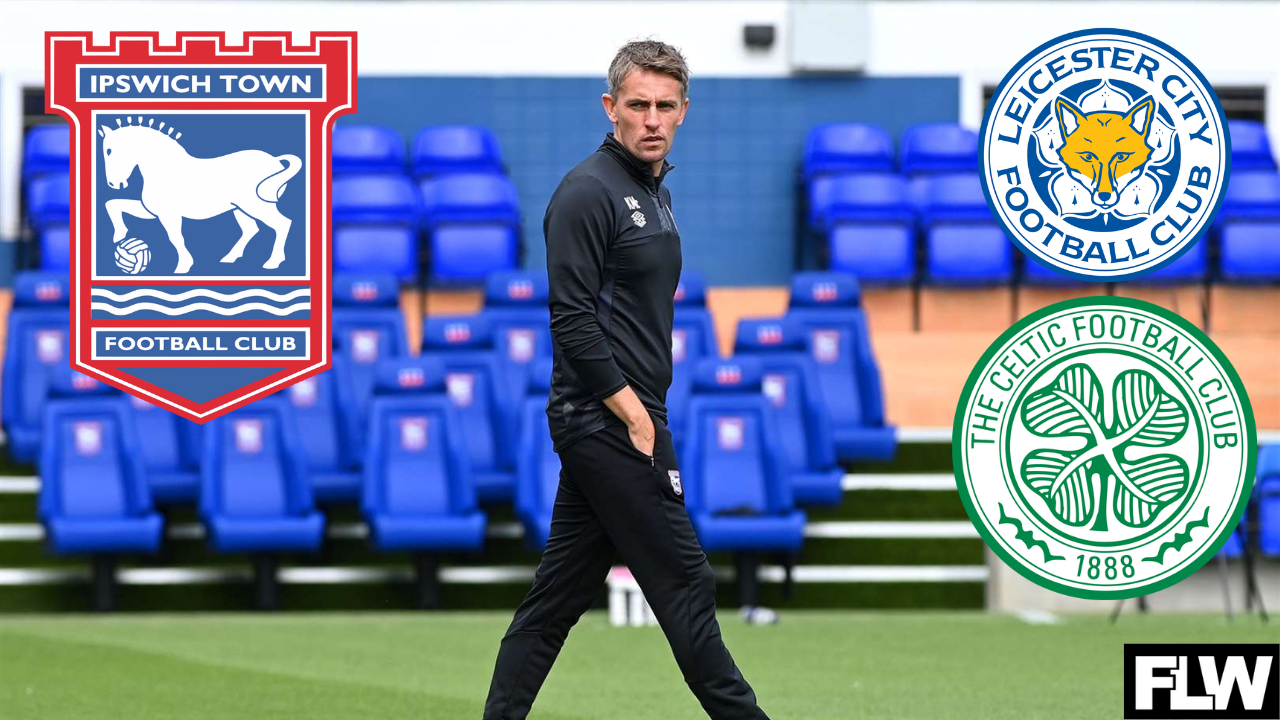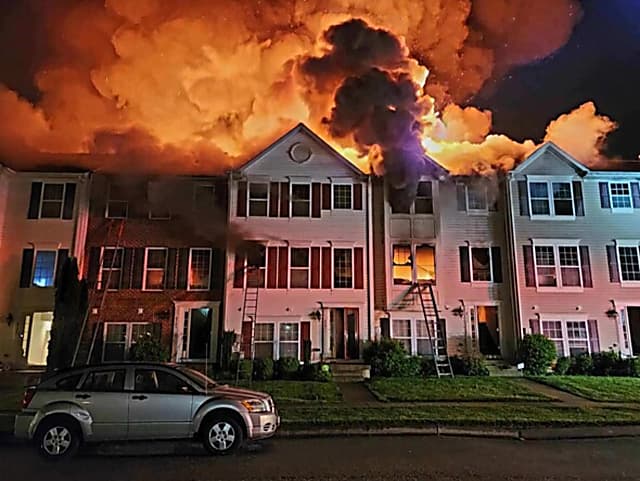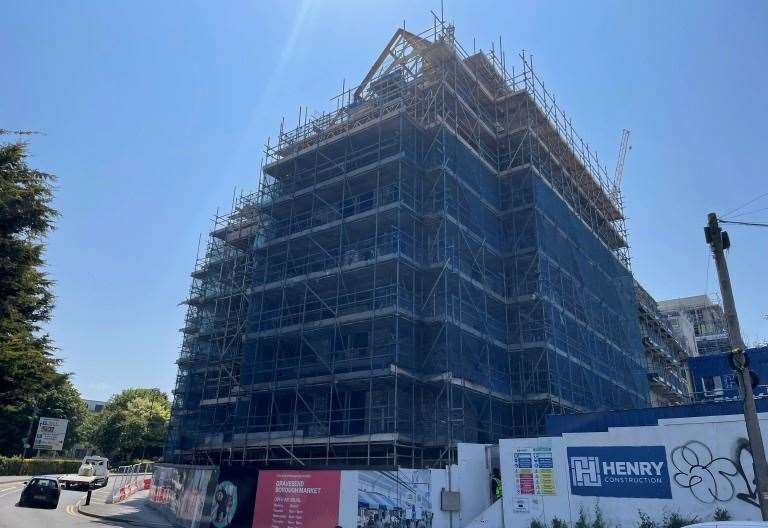‘No changes’ to traffic lights as Blackburn drivers complain of queues

Over the past few months, drivers they had noticed longer than normal queues at some spots in the town.
There were queues on Montague Street at the junction with Feilden Street and, further up, traffic priorities appear to have changed on Barbara Castle Way at the junction with Victoria Street.
Traffic was being held up on the busy Barbara Castle Way at the junction with Richmond Hill which rarely has any traffic on it.
There were also longer than normal queues on Redlam and on Preston Old Road with drivers complaining of traffic lights ‘changing too fast’, thus only allowing a handful of vehicles to pass through.
Queues also developed on Barbara Castle Way turning on to Preston New Road and further up on the junction with Revidge Road.
Blackburn with Darwen Council said ‘no changes have been made to any of the junctions mentioned in recent months’.
A statement read: “We rarely have to manually adjust signal timings as this could have a broader negative impact on the highway network due to the algorithms in the background detecting traffic and adjusting signal timings automatically.
“Using Montague Street and Feilden Street junction as an example, initial stage timings set in the background define the minimum and maximum run times for each stage, which depends on the volume of traffic on the road at any given time.
“These are set at seven seconds minimum and 120 seconds maximum.
“The system will fluctuate the timings automatically throughout the day depending on the level of traffic. Typically, these max out at 58 seconds for Montague Street and 23 seconds for Feilden Street.
“Other factors can impact this, such as pedestrian crossing phases, adding another 20 seconds or so into that.”
One driver who uses the routes regularly said there had been noticeable changes.
He said: “Where traffic was flowing a lot more efficiently, vehicles are being held back due to the lights changing quicker.
“You will find lights remaining green on some routes where there is less traffic and a queue forming on the other side. If the system is detecting the busy routes it doesn’t seem to be doing a good job.”
The council also explained how ‘gapping’ could affect timings.
The explanation reads: “The cause of this can be a variety of scenarios, including where traffic slows down to let a vehicle out of an uncontrolled side road, sometimes creating a sizable traffic gap.
“Whilst traffic signals are intelligent to an extent, they cannot recognise this and will calculate that the traffic on that particular stretch has cleared and will reduce the stage timing in favour of another.
“The system will quickly realise it isn’t the case and hurry around the other stages to get traffic moving again.”
The council said their traffic signals supplier frequently check traffic signals junctions using a centralised system, which provides live data from all traffic signal junctions, “Any fault logs identified through this system are checked to determine if they can be repaired remotely or if an engineer needs to attend. This approach resolves the majority of faults before drivers notice anything that could be wrong.”
People can still report any faults to the council online here













